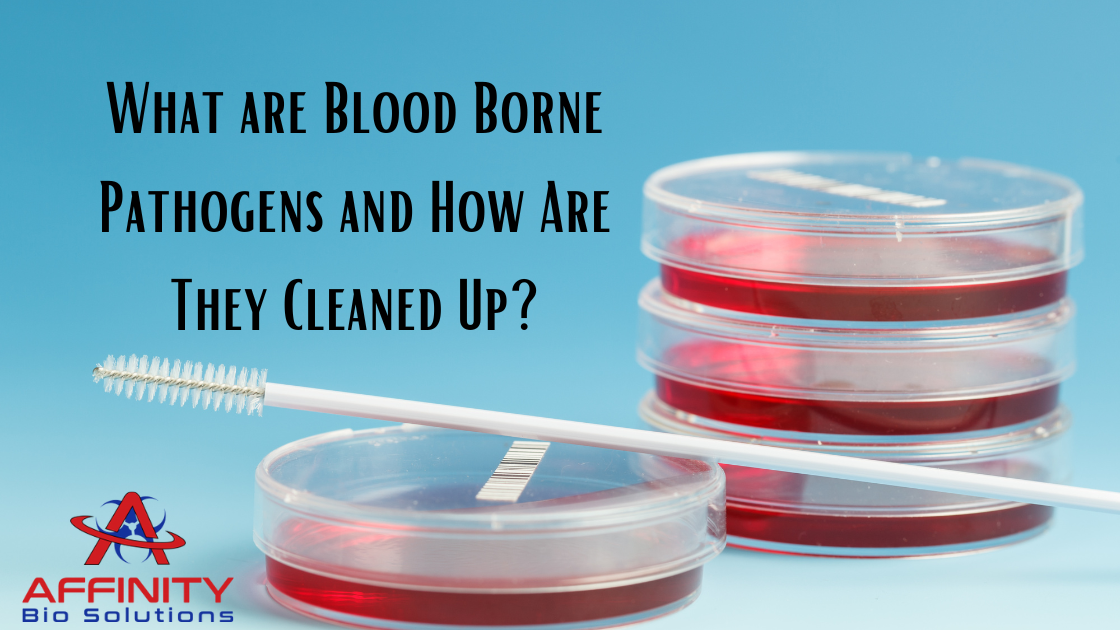
Blood borne pathogens are becoming a big concern in communities based organizations. Exposing yourself to hazardous blood is dangerous to human health and the environment. For example, when someone experiences a nosebleed or a bleeding toe, it is recommended to clean the blood immediately to avoid spreading infectious diseases. In essence, the clean-up prevents the general public from containing whatever disease is in the blood.
What are Blood Borne Pathogens
These microorganisms infect human blood leading to diseases like HIV, Hepatitis B and C, MRSA (antibiotic-resistant bacteria), and many more.
Cleaning up these infectious diseases is the work of professional bioremediation firms by law. These companies have the equipment to remove bloodborne pathogens from a scene and prevent future spread. Here are some regulations you need to know:
- Bloodborne pathogens are present even in a clean scene. They live in tiny drops of blood and are invisible to the eyes, so it is recommended to clean all sites to prevent hazardous effects on health.
- These professional companies clean up according to local, state, and federal laws and use qualified bloodborne pathogen cleaning methods. In addition, they are licensed by law due to their training and motivation to perform the cleaning.
- These people do not start work without personal protective equipment (PPE) such as face masks, aprons, biohazard suits, glasses, gloves, and more. The equipment is designed to withstand the spread of bloodborne pathogens.
- In addition, they use recommended cleaning methods and proper disposal by giving them to a licensed company to incinerate or put them in red bags labeled Biohazard.
- Don’t make the mistake of using bleach for cleaning.
Here are the steps in cleaning up Blood Borne Pathogens
- Equip. You must equip yourself like the professionals with gloves, face masks, protective eyewear, and a gown. Ensure the protective wear is your fit and has no torn or compromised.
- Remove. First, you remove the broken glasses or other sharp objects with a brush and dustpan or tongs. Each sharp object should be kept in a leak-proof container, and avoid picking these objects by hand.
- Clean. A bloodborne pathogen site requires more than one cleaning. The first cleaning is to soak blood with towels and dispose of the towels in a biohazard bag. The second cleaning is pouring the disinfectant product on the scene and allowing it to soak for some time before scrubbing. The third cleaning is to treat the affected area with new towels and allow the area to dry.
- Dispose of. There are recommended methods to dispose of infectious materials used in a clean-up scene. First, take off your PPE but avoid contaminating other equipment. Put it in a biohazard bag and seal it; contact a disposal firm for proper disposal.
- Decontaminate. Use an approved disinfectant to decontaminate your equipment, such as brooms, buckets, tongs, etc. Soak this equipment for 10 minutes before scrubbing and rinsing with clean water.
- Check. The last check is of your body. This check prevents contamination splashed on your cloth or body part from spreading. It is best to prevent exposure, which is why you are expected to have assistance in managing the procedure.
Contact Affinity Bio Solutions for All Your Professional Biohazard Cleanup Needs
- Biohazard Cleanup & Removal
- Crime Scene Cleanup | Trauma Scene Cleanup
- Unattended Deaths & Decomposition
- Suicide Cleanup
- Medical Waste Pick-Up, Transport and Disposal
- Water Damage | Flood Extraction
- Hoarded Environment & Hoarder Home Cleanup
- Vehicle Accidents | Vehicle Biohazard Cleanup
- Bodily Fluids | Blood Cleanup
- Odor Remediation | Odor Removal
- Homeless Encampment Cleanup & Biohazard Removal
- Abandoned Building and Foreclosure Cleanout
- Pest Removal in Arizona
